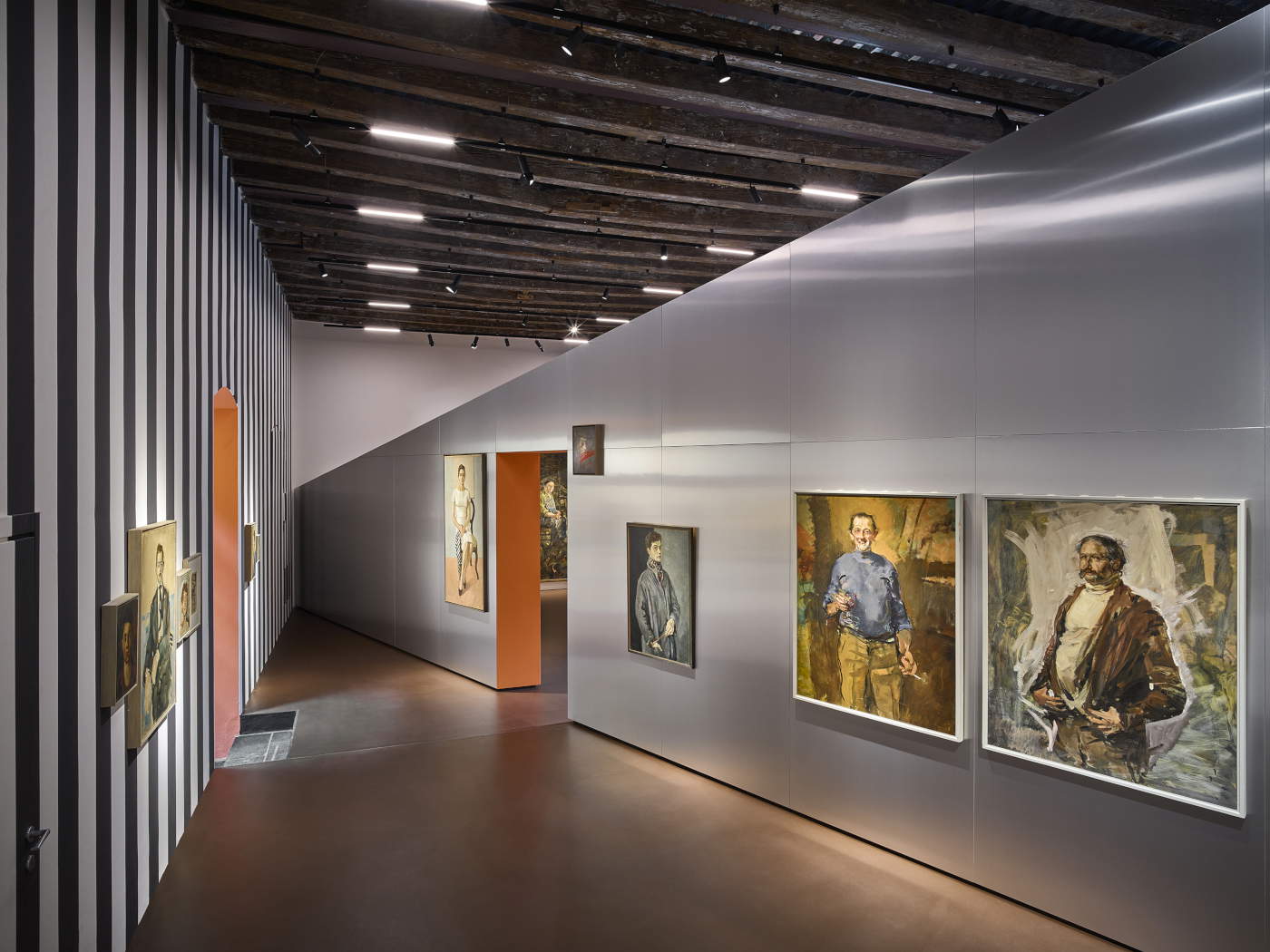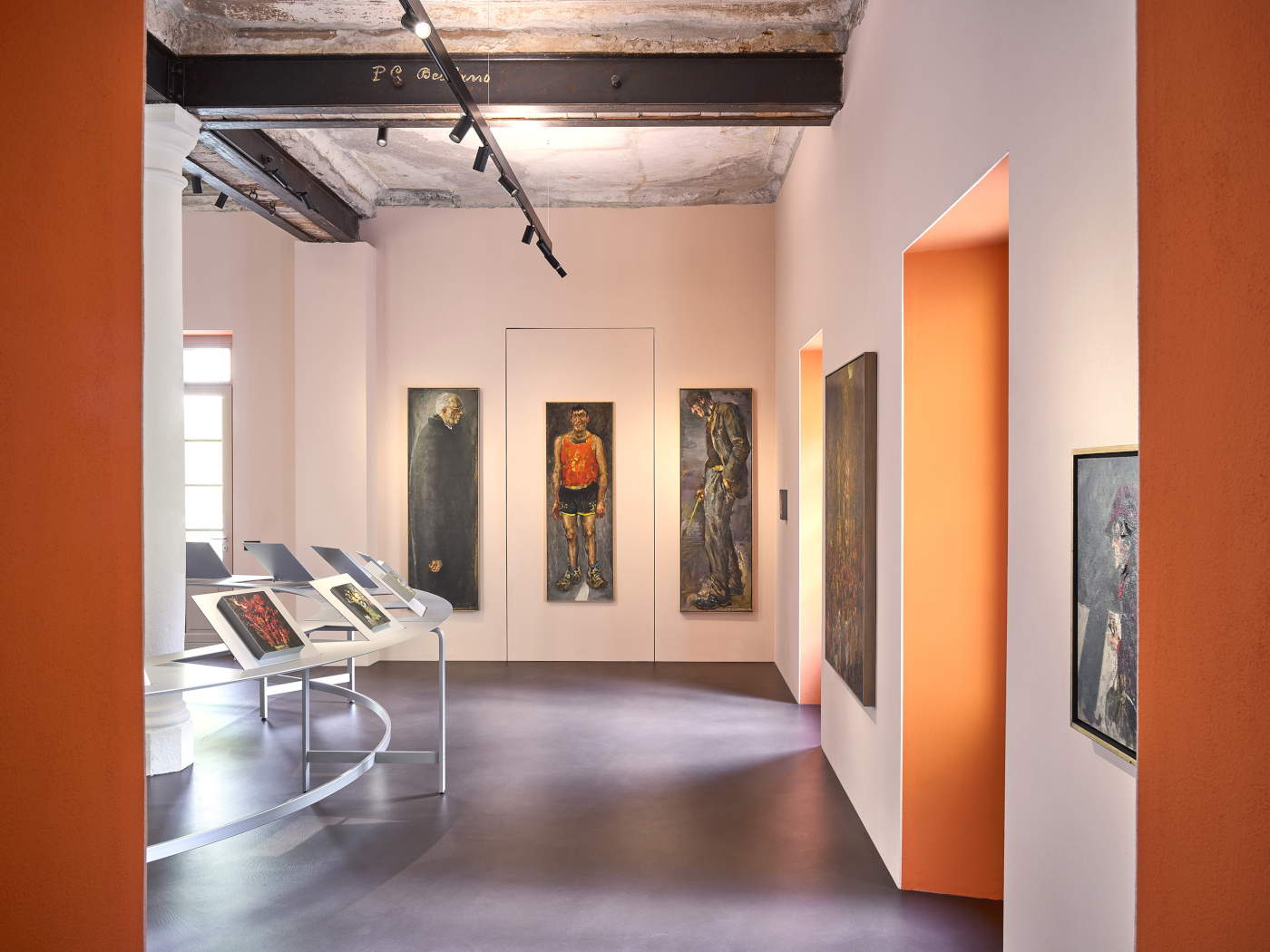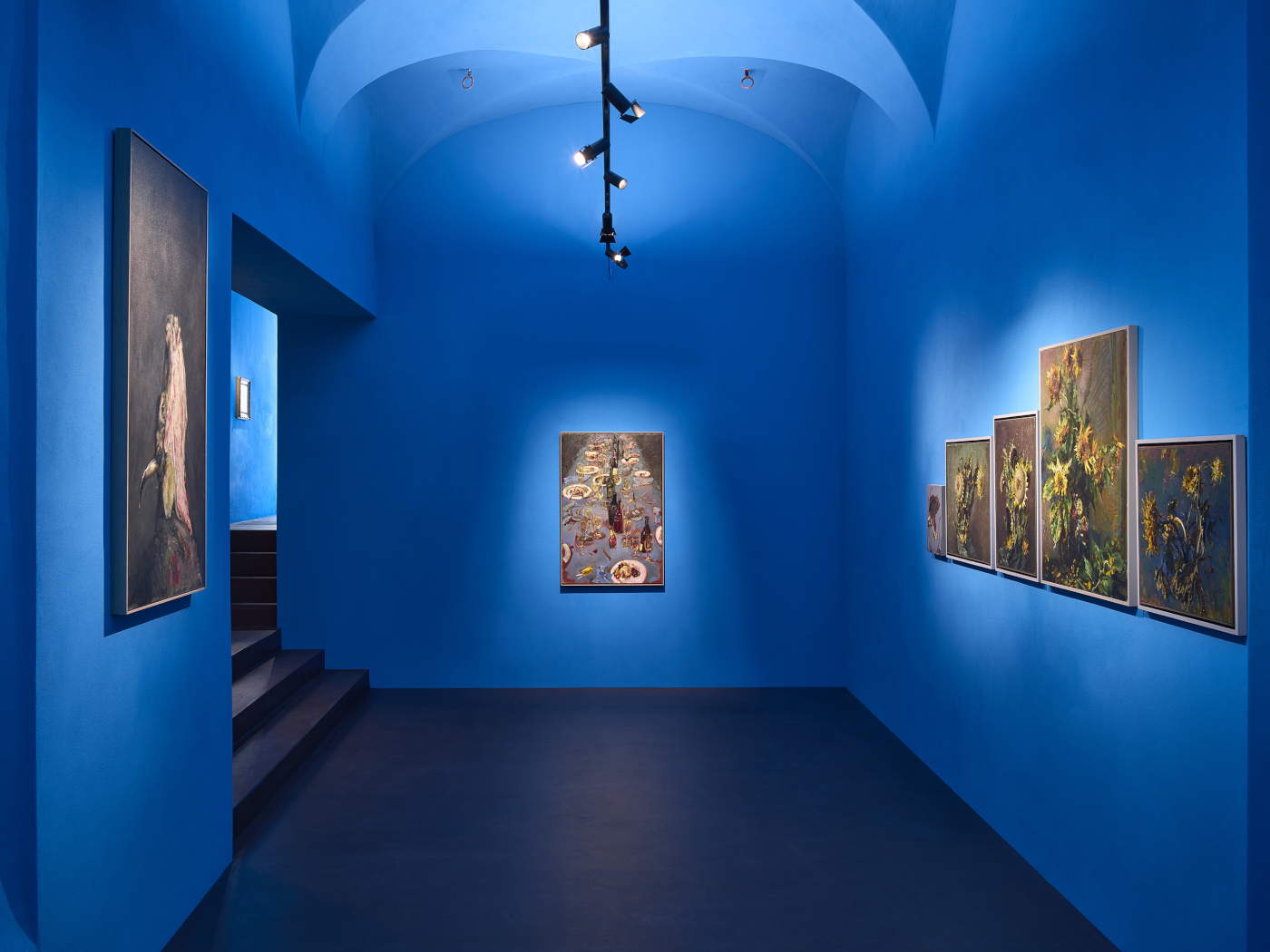On April 30, 2025, the Giancarlo Vitali Museum, a new exhibition space and permanent cultural hub located in the heart of Bellano (Lecco), birthplace of the artist after whom it is named, officially opens to the public. Dedicated to enhancing the work of painter and engraver Giancarlo Vitali (1929-2018), the museum is located in the renovated Palazzo Lorla, an 18th-century building returned to the community. The exhibition aims to offer a new key to the artist’s work, placing him in dialogue with masters of past eras, contemporary artists and current artistic practices.
Bellano, a place of origin and a constant source of poetic inspiration for Vitali, hosts the BAC - Bellano Arte Cultura project, of which the museum is the leading element. The space was created not only to preserve and disseminate knowledge of Vitali’s work, but also to offer a place for comparison between artistic languages of different eras, stimulating reflections on contemporary art.
BAC’s artistic direction is entrusted to art historian Chiara Gatti, who will also lead the museum’s activities together with artist Velasco Vitali. Together they will define the annual cultural program, combining research, valorization and experimentation. The birth of the Museum was made possible thanks to the Vitali family’s generous donation to the Municipality of Bellano and theArchiViVitali ETS Association, which includes a significant body of works, including the artist’s entire etching production (560 sheets). Added to this is the experience gained by ArchiViVitali in seven years of cultural activity, which has resulted in 13 exhibition projects in collaboration with numerous institutions and protagonists of the art scene.
The permanent collection, set up in the three rooms on the ground floor of Palazzo Lorla, brings together an anthology of works intended to offer a comprehensive view of Vitali’s work, serving as a reference for critical studies on his production and as an exhibition workshop open to experimentation between modern and contemporary languages.

The Museum aims to be a place deeply rooted in the territory but at the same time projected toward experimentation, where Vitali’s legacy is intertwined with artistic voices of the present and the past, generating new connections between memory and the future.
The permanent collection includes about a hundred works created in more than seventy years of activity, from the mid-1940s to the 1980s, a period marked by his meeting with Giovanni Testori, who recognized his talent and supported him over time.
The museum is also a study center: the works become the object of analysis and the starting point for a critical reinterpretation of Vitali’s production, in relation to other visual languages. Each year a temporary exhibition curated by Chiara Gatti will be proposed, which will relate Vitali’s work to that of other artists, from different geographical areas and generations, to investigate the cultural and social role of art today.
Using a thematic criterion based on similarities and contrasts, one hundred works will dialogue with the original architectural spaces.
The first room, divided by a reflective aluminum wall that creates two asymmetrical environments, reconstructs Vitali’s personal microcosm, with portraits of people close to him, including his wife Germana, the protagonist of a 1955 painting, and a youthful self-portrait from 1946, which reveals the early talent of the self-taught artist.
In the second room, a large circular structure collects still lifes, animals, dried flowers, and scenes of daily life such as band parades, concerts and popular processions, which testify to the deep connection with Bellano, portrayed as a living stage. These subjects, expressions of Vitali’s inner world and experiences, are transformed on canvas through an intense and dynamic pictorial language.
Before accessing the concluding rooms of the itinerary, the visitor crosses the garden of Palazzo Lorla, now enriched by the mural Uccelli al museo, a tribute by Velasco Vitali to his father and the last inhabitant of the palace, Agostino Lorla. The access corridor to the third room contains additional still lifes and banquet scenes, symbols of transience and the end.
In thelast room, the layout offers a direct confrontation: on the one hand, withered sunflowers, caught at the end of their life cycle; on the other, the quartered bodies of animals, such as the monumental Ripped Bull IV from 1984. Plant nature and the animal world meet in a common fate, revealing the tragic and lyrical sense of Vital’s work.
“No man is an island, and as much as Giancarlo Vitali has spent his life shunning the clamors of the art system, trends, groups and venues, sheltering in his lakeside hamlet has not made him immune to relationships with the world, with present history, past history and, above all, with universal history,” explains Chiara Gatti, artistic director of BAC Bellano Arte Cultura since May 1, 2025. “Just like the work of art that does not exist on its own, is not a monad or an autonomous entity, but lives on relationships, roots and spores, Vitali’s island-country had rhizomes elongated in the earth, at the foot of the mountain, infiltrated into the city fabric down to the marrow; but it also had antennae outstretched, parabolas oriented toward the motions of things and sensitive to the cultural winds that came up from the south following the Breva or slid fast from the north like the Tivano.”

The Museum is housed in the historic Palazzo Lorla, an aristocratic mansion of ancient origins, which took on its present appearance in the eighteenth century. At the end of the 19th century it was inhabited by Agostino Lorla, the last member of a family of textile industrialists, an eccentric and reclusive man, a lover of botany and exotic animals, who transformed the residence into the ideal place to grow exotic plants and raise fish and birds of all species. A large mural painting placed in the garden restores its imagery, paying homage to its history.
Thanks to a careful restoration completed in 2018, the palace has been returned to the community and transformed into a space dedicated to contemporary art, thanks to the synergy between ArchiViVitali ETS and the Municipality of Bellano. The redesign of the interior, signed by Vitali Studio, favored flexible and reversible solutions: movable walls create new perspectives and the paintings, displayed with alternating formats, establish a continuous dialogue with the architecture of the place.
“The exhibition is articulated in a diversified path, in constant dialogue with the pre-existing architectural elements, restored to a new visibility and function,” explains Velasco Vitali, who together with Chiara Gatti will curate the museum’s annual exhibition programming. “This approach aims to preserve and amplify the bond of empathy and authenticity that historically connects the Palazzo Lorla building to the Bellano community. Giancarlo Vitali’s works are arranged following an analogical, rather than chronological, criterion, in close dialogue with the geometries of the new space.”
The Giancarlo Vitali Museum is a project of ArchiViVitali ETS, realized thanks to the support of private donors and the contribution of Fondazione Cariplo. A special Giancarlo Vitali Museum Fund has been established at the Fondazione Comunitaria del Lecchese to raise funds.
The new museum is part of the larger project to enhance the Bellano area, which is named BAC Bellano Arte Cultura: an itinerary of more than a kilometer that includes historical, naturalistic and cultural monuments of the village and is interwoven with a calendar of contemporary art exhibitions, the literary review “Il bello dell’Orrido” curated by Armando Besio, concerts of orchestral music by Maestro Roberto Gianola, the Pesa Vegia, the Short Films between Earth and Water, the guided tours “Bellano tra Arte Storia e Fede,” the TEDxBellano and many others. The BAC Bellano Arte Cultura project is desired by the Municipal Administration in concert with the Parish of Bellano and the associations Pro Loco Bellano, ArchiViVitali ETS and Insieme per il Museo di Vendrogno.
Opening days and times:
April 30 to May 4: daily from 9 a.m. to 7 p.m.
May 5 to May 31: Monday to Friday from 10 a.m. to 6 p.m.
Saturday and Sunday: from 9 a.m. to 7 p.m.
From May 31: daily from 9 a.m. to 7 p.m.

 |
| Giancarlo Vitali Museum opens in Bellano (Lecco) in the renovated Palazzo Lorla |
Warning: the translation into English of the original Italian article was created using automatic tools. We undertake to review all articles, but we do not guarantee the total absence of inaccuracies in the translation due to the program. You can find the original by clicking on the ITA button. If you find any mistake,please contact us.